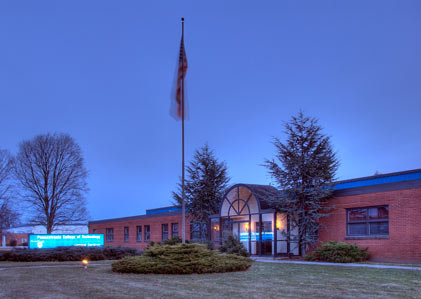The Evolution of Modern HVAC Equipment
“As a master refrigeration/air conditioning contractor for nearly 40 years, I have seen many equipment changes within the industry,” says Brian D. Sullivan, Assistant Professor in the Refrigeration, Air Conditioning, and Heating Department at the New England Institute of Technology. “Knowing the type of equipment that is available gives technicians valuable information to help customers make wise choices that will best suit their needs and budget.”
HVAC equipment has changed significantly over the years, and the integration of electronics has greatly improved the cost of their operation. Better insulation and more efficient motors, lights, and heaters have played a part, too. There’s also been a trend towards more environmentally-friendly HVAC components: refrigerants such as chlorofluorocarbons (CFCs) and hydrochlorofluorocarbons (HFCs) are no longer produced in most countries due to their detrimental effects on the ozone layer.
“All modern air conditioner and refrigeration equipment have adopted refrigerants with zero ozone depletion potential,” Sullivan says. “Today, there are newer refrigerants—hydrocarbons (HCs) and hydrofluoro-olefins (HFOs)—that have a low or near-zero effect on Global Warming Potential (GWP). These new chemical compounds are shifting the industry into a safer, less harmful direction for the environment.”



